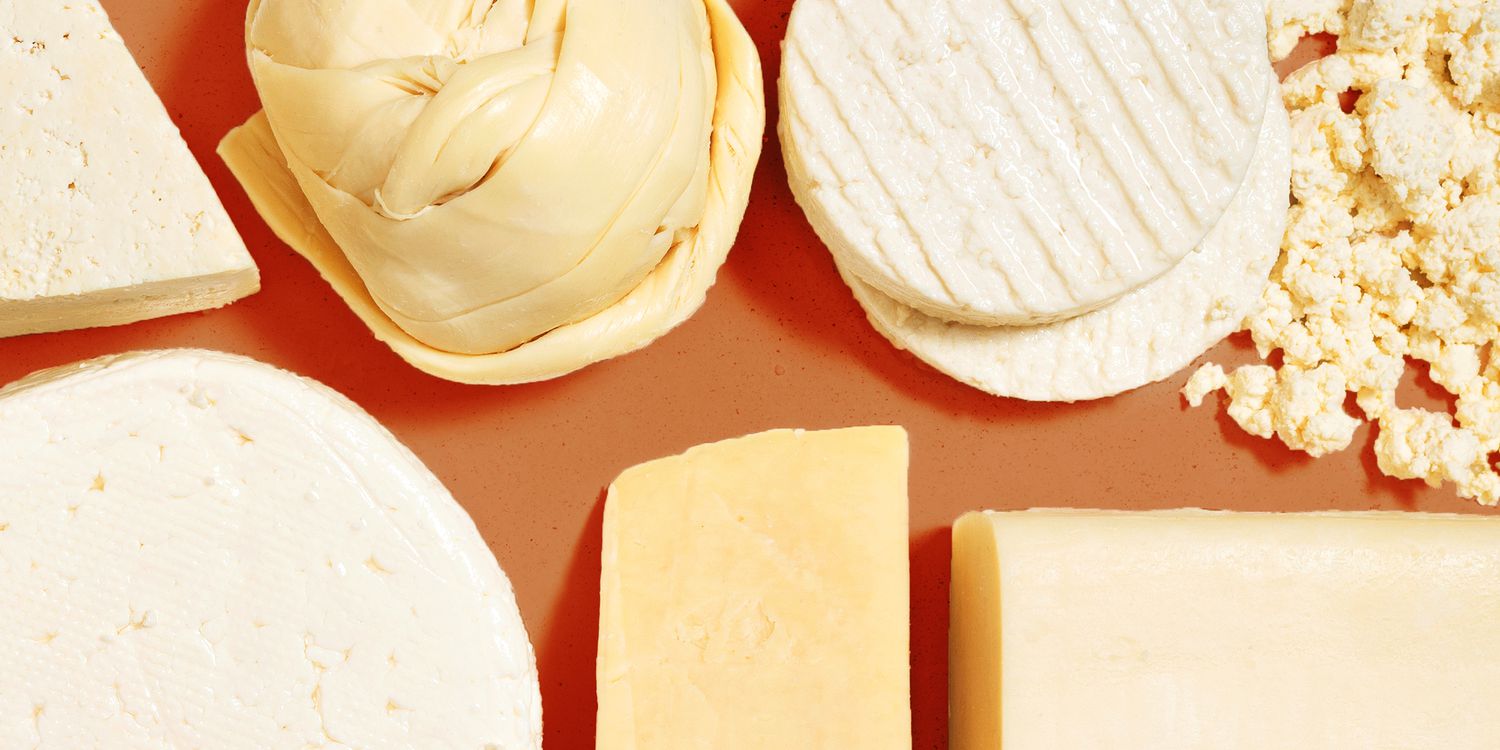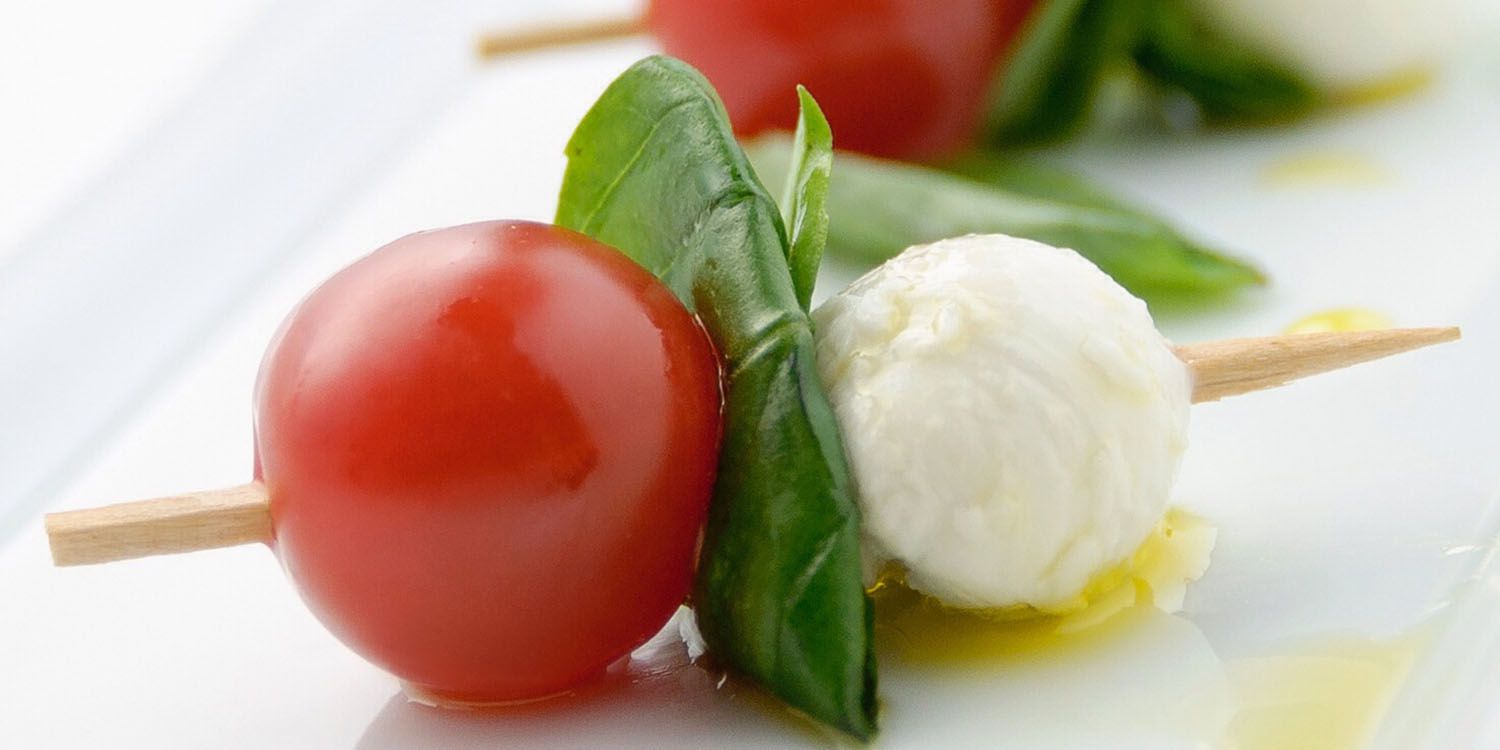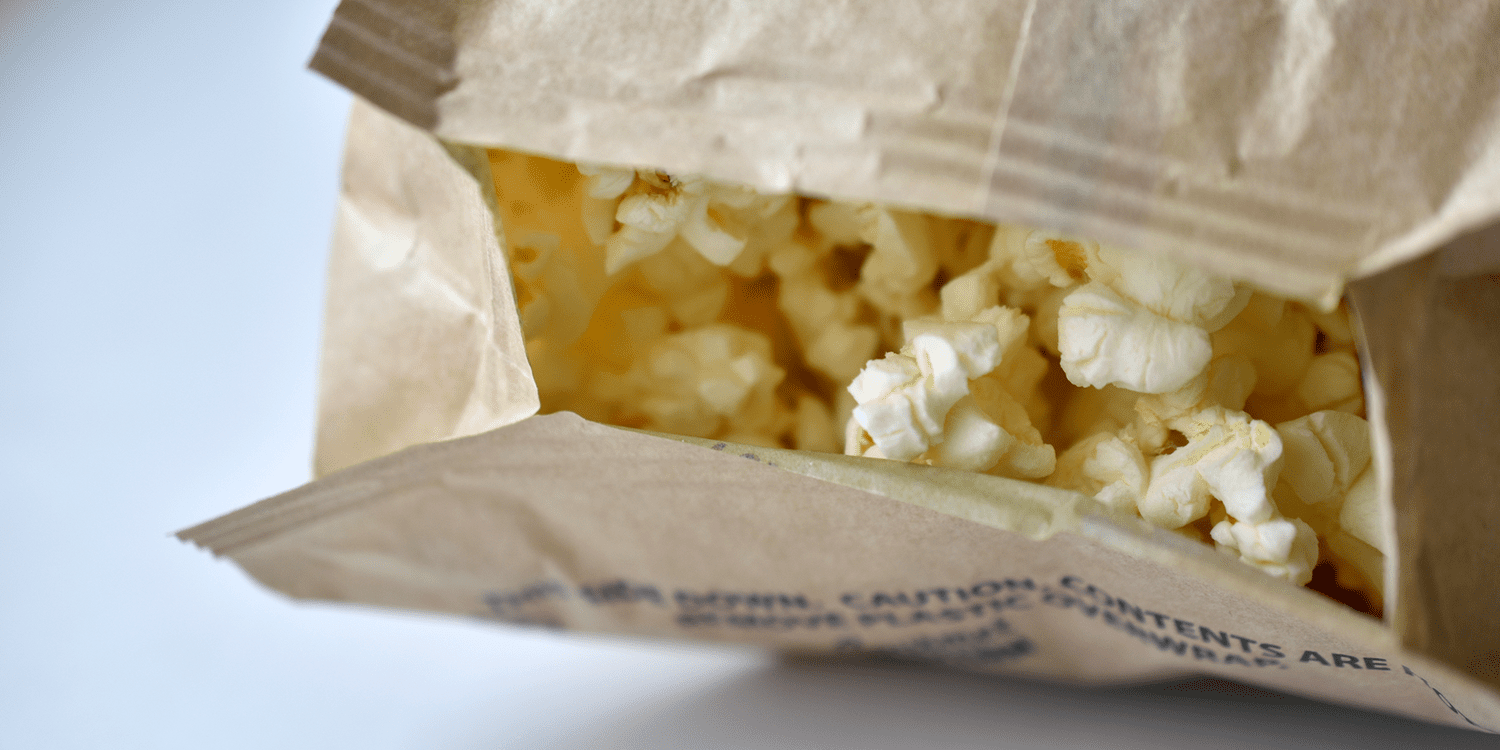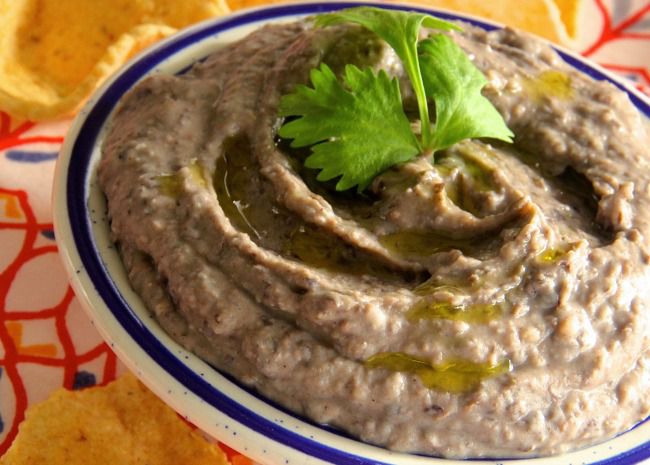When you sit down to breakfast in a casual fonda in the city of Querétaro, a semicircle of fresh cheese arrives with the salsas and nopal salad. In Puebla, the most popular stands for cemitas, the local sandwich, employ multiple workers devoted solely to unraveling the twisted clumps of quesillo into delicate strands. All over the country, ears of corn take a dusting of salty Cotija cheese on their way to becoming fully dressed elotes.
Compared to the history of famous cheeses of Europe and the origins of cheesemaking in Asia, which go back thousands of years, Mexico’s cheese culture is relatively new, arriving with the cattle brought by early Europeans just 500 years ago. But that doesn’t make it any less deep or fully ingrained in the country’s culinary culture.
As the regional nuances of Mexican cuisine make their way further into the U.S. food landscape, the regional varieties and less well-known types of cheese follow close behind—whether imported directly or made by experts adapting traditions to new environments.
Here’s a guide to the bounty of Mexican cheeses.
Mexican Fresh Cheeses
Nearly a quarter of the milk produced in Mexico goes into cheese, and of that cheese, 70% is made by small-scale producers. That breadth of small makers allows for easier access to fresher cheeses, which is why 80% of Mexican cheeses are fresh, rather than aged.
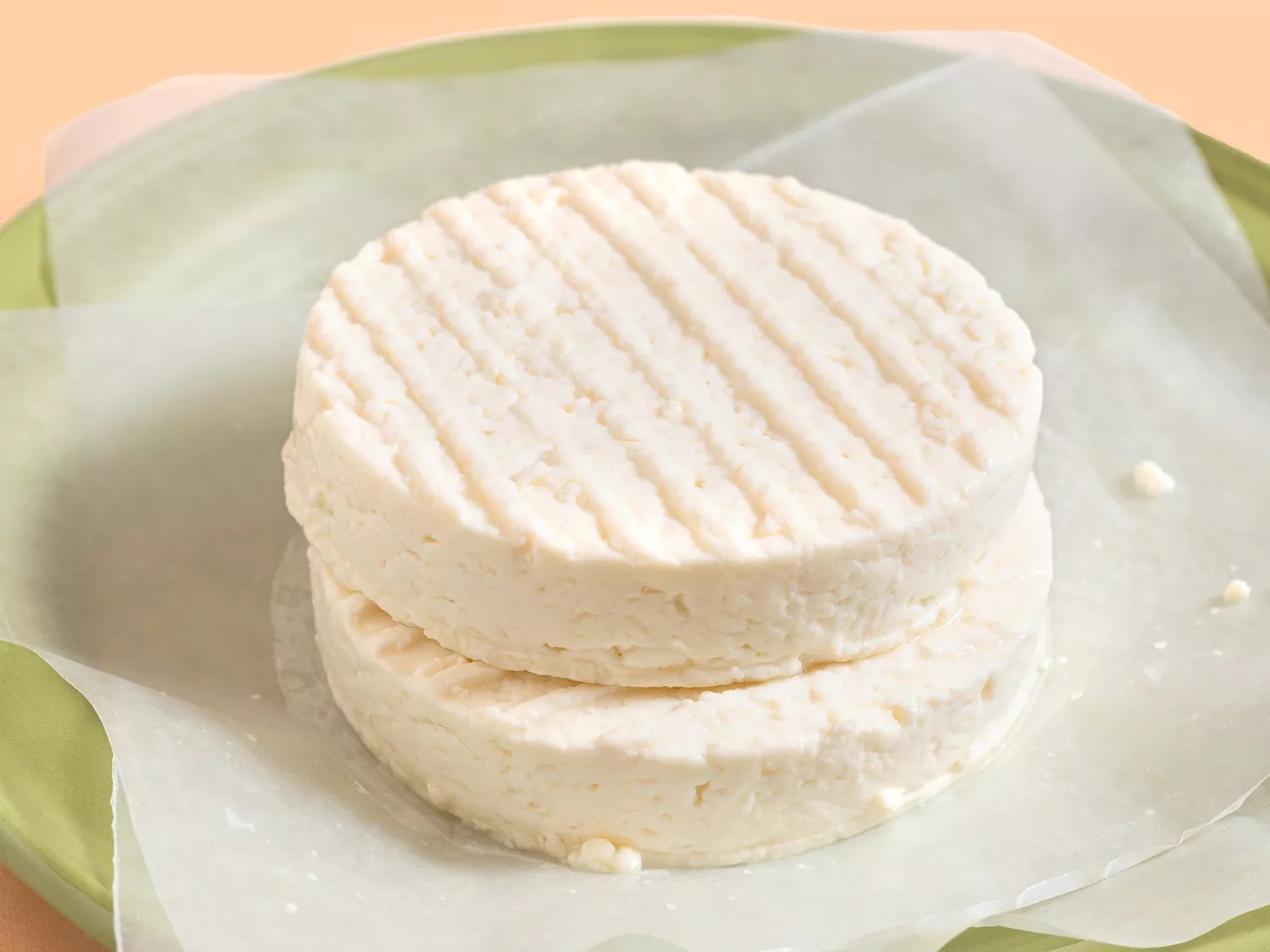
Allrecipes/Nelly Cuanalo
The basic variety of fresh cheese, queso fresco, is generally made with all or mostly cow milk, plus an acid. Mild, white, soft, and crumbly, basic queso fresco is widely available in the U.S., though rarely ringing with the kind of freshness that lands it on the fonda breakfast table, where it oozes brightness and acts like an alarm clock for your tastebuds.
Because it does not melt, but crumbles easily, queso fresco is used almost exclusively as a snack or finishing cheese, sprinkled over a salad or a taco at the last minute. The simple cheese is often embellished with chile peppers, spices, or banana leaf wrapper, though in the U.S. these variations can sit on grocery store shelves longer. If you want the freshest fresco, aim for the plain and chop in your own accouterments.

Allrecipes/Nelly Cuanalo
Panela is made in much the same simple way, but using only skim milk, with an added step of draining in a basket, which results in a firmer texture, and often the hint of squeak, reminiscent of Wisconsin-style curds. It tastes almost entirely like the milk with which it is made. Like queso fresco, panela resists melting, but it does hold its texture, making it ideal for grilling or frying—always directly on heat, not inside a tortilla or sandwich, though it slips in wonderfully afterward.
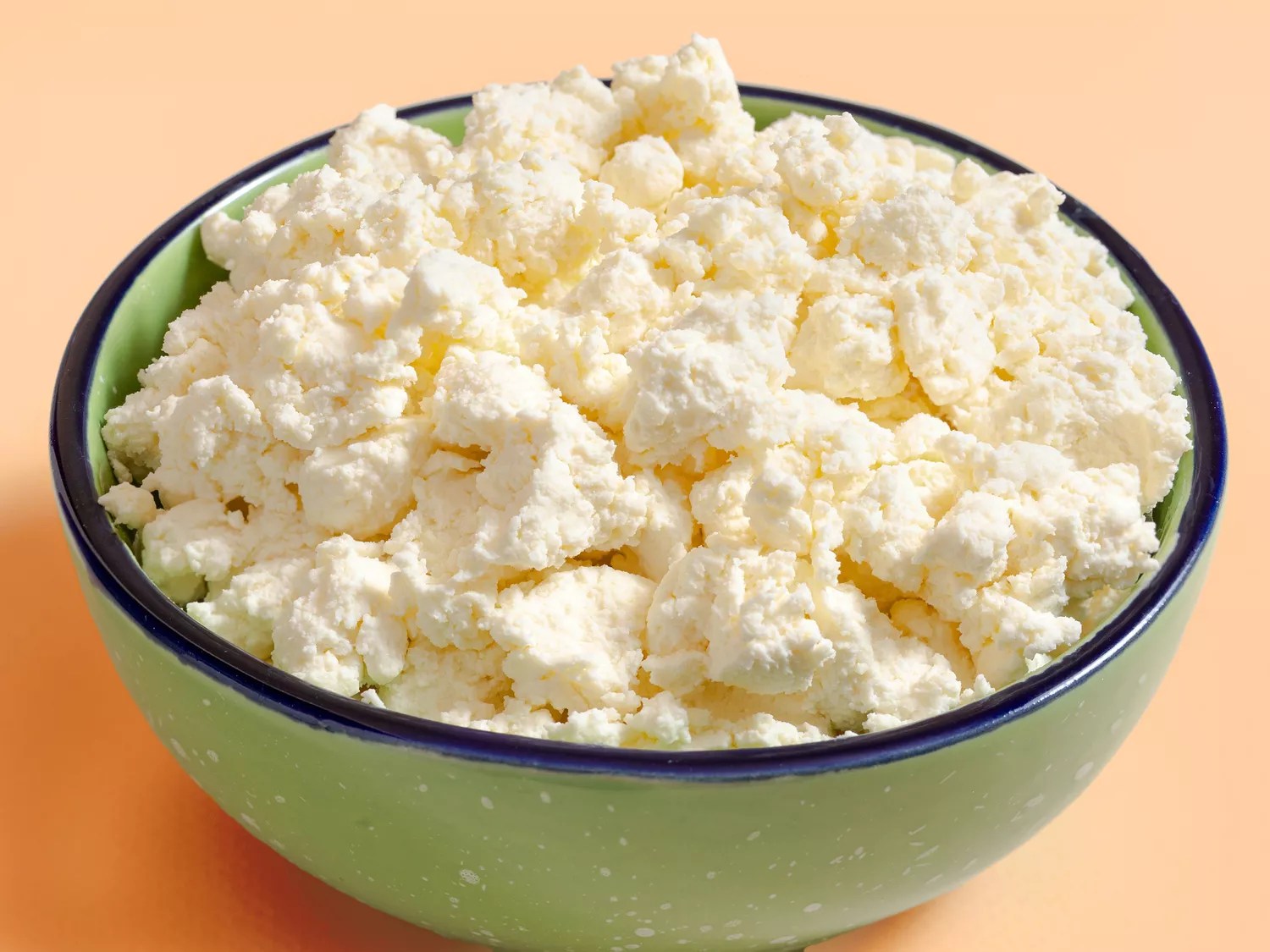
Allrecipes/Nelly Cuanalo
Requesón is commonly referred to as Mexican ricotta, and while they are similar in many senses, including the base of leftover whey rather than milk, requesón has a bit more tang, less salt, and often larger grains—it’s lumpier, to put it ungracefully. Requesónoften fills stuffed dishes such as tlacoyos, gorditas, or sopes, and makes its way into salads, sweets, and squash blossoms.
Mexican Stretched Curd Cheeses
Cheeses made by stretching and kneading the curd are much less common in Mexico than in Italy—where the category includes mozzarella, provolone, and many more—but it does include the country’s most famous cheese.
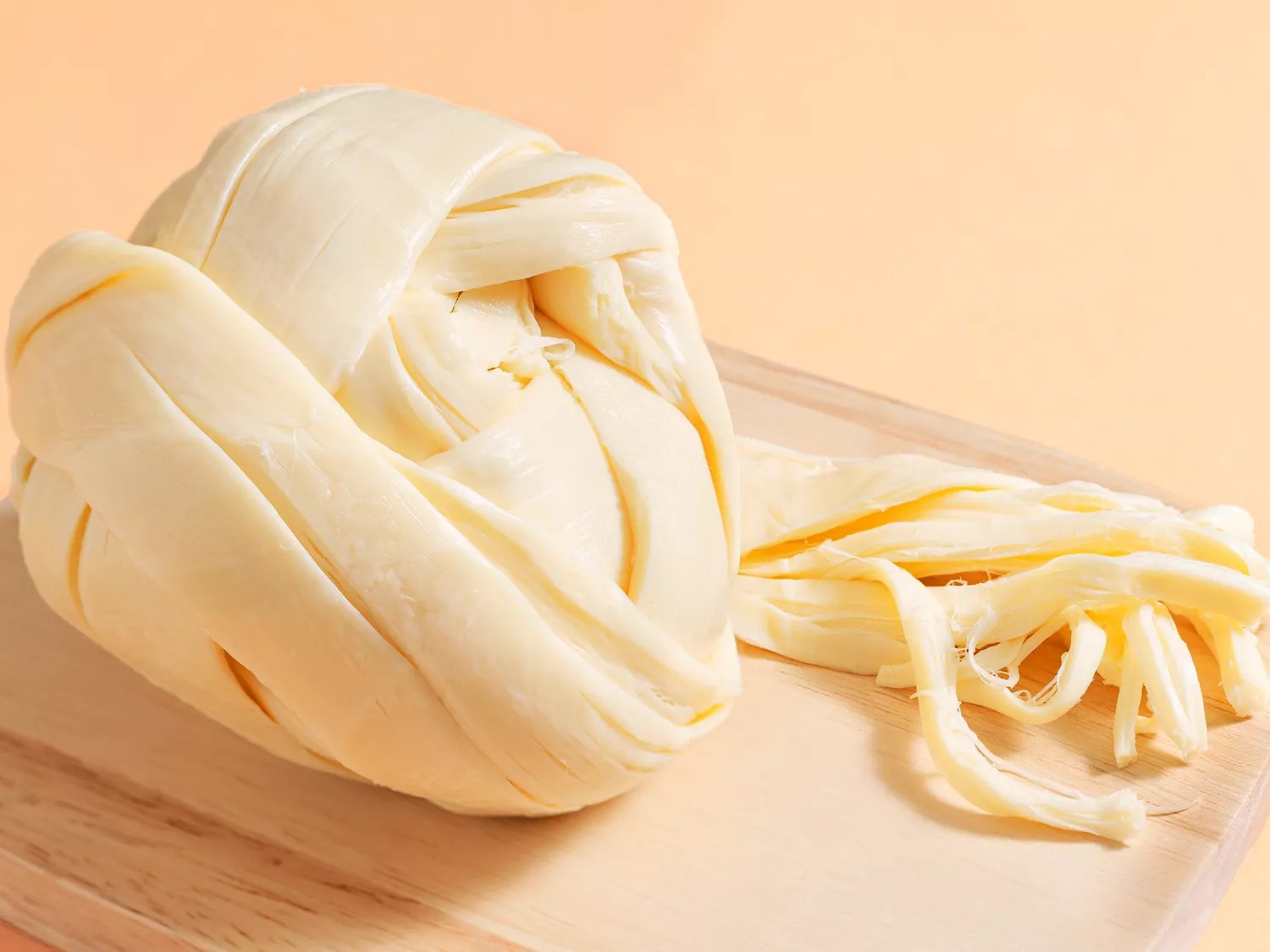
Allrecipes/Nelly Cuanalo
Quesillo, as it is known in its home state, or queso Oaxaca, as it came to be known elsewhere in Mexico and the world, is the most famous and iconic cheese from the country. Some of the stories regarding the origin of the name queso Oaxaca were derogatory, so many in Oaxaca and the cheesemaking community stick to the name quesilloor queso de hebra—strand cheese. Undisputed, however, is that the rich, buttery cheese comes from Oaxaca, where the technique developed of softening chopped curds in hot water, stretching them into long strands, then winding them into a tight ball. All over Mexico, the cheese is unwound and shredded into thin strands for grilling and slipping into a quesadilla, and in Oaxaca itself, it stands out as the crowning touch on the open-faced tlayuda.
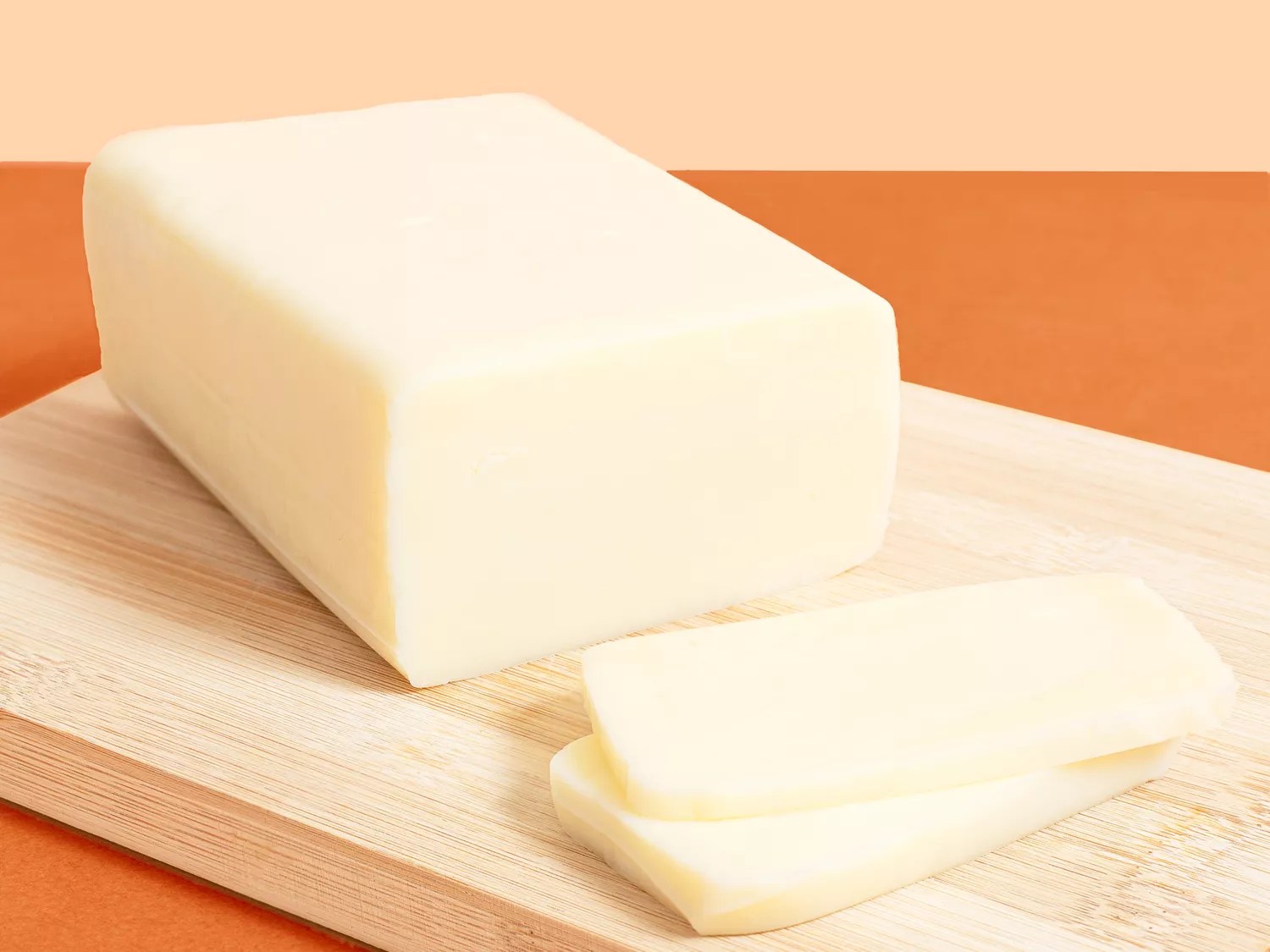
Allrecipes/Nelly Cuanalo
Asaderolags behind quesillo in fame, lacking the eye-catching strands, but the semisoft cheese from Chihuahua shares the same excellent melting qualities, making it ideal for topping quesadillas, filling chile rellenos, or turning into a gooey dip. Though asadero is generally made with pasteurized milk in the U.S., the original Mexican version uses raw milk and undergoes a short aging, which gives it an extra kick and more variation between producers.
Mexican Aged Cheeses

Allrecipes/Nelly Cuanalo
In Mexico, many cheeses carry familiar names, but with a caveat: Queso tipo Manchego is not Manchego cheese, it’s Manchego-style cheese. That one extra word is important, as without it, the Mexican cheese violates the denomination of origin that protects the unique sheep-milk cheese from La Mancha. In Mexico, the yellow semi-firm, mostly cow-milk tipo Manchegois one of the most common mass-produced cheeses.
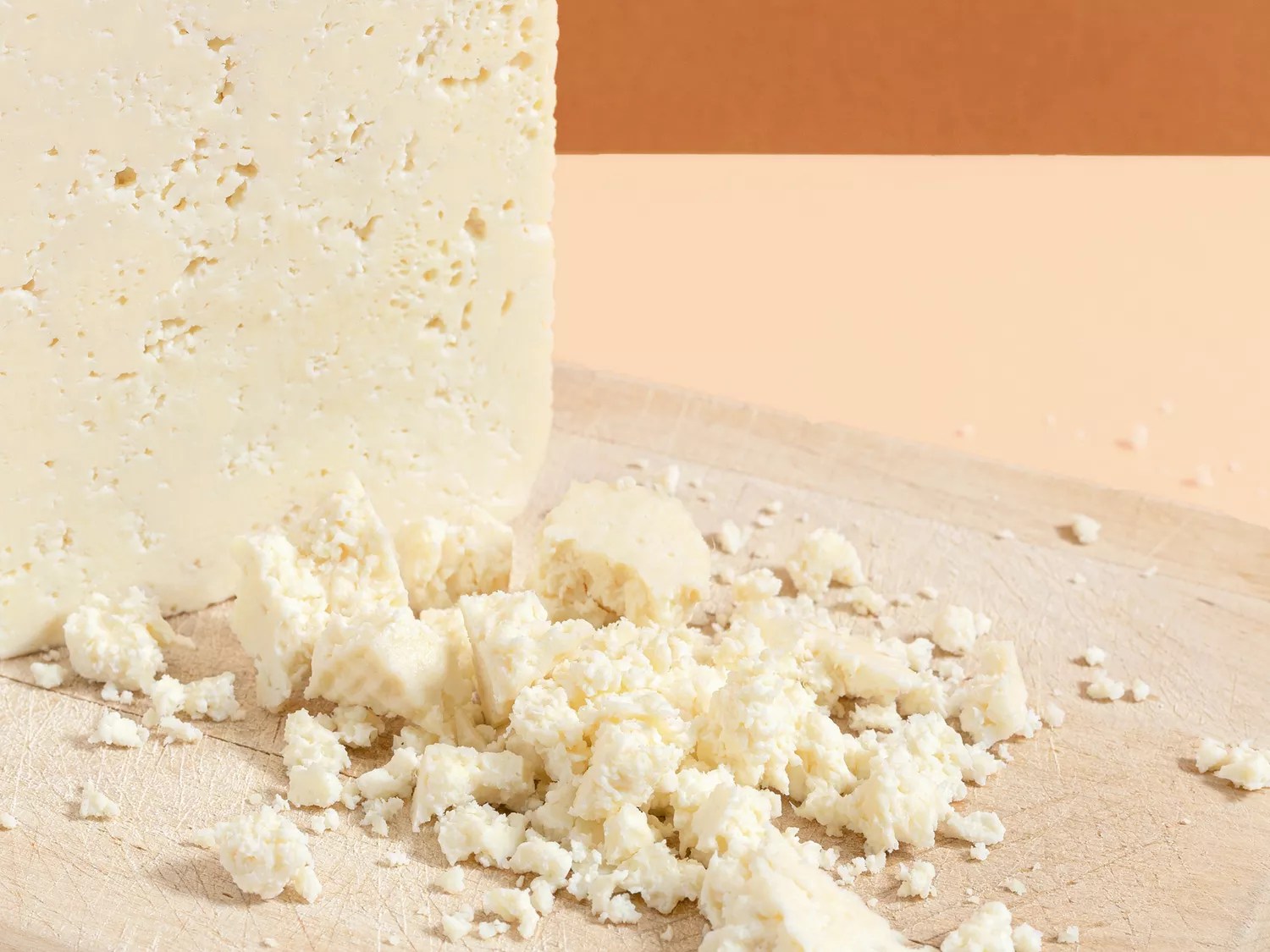
Allrecipes/Nelly Cuanalo
Cotija is Mexico’s own protected denomination of origin cheese, though: true Cotija comes from the eponymous Michoacán town, where it ages for at least two months and up to a year. (Cotija-style cheeses are made elsewhere in Mexico.) The pressed and brined cheese comes out salty and crumbly, developing increasing nuttiness and firmness as it ages. Young Cotija brings complexity to salads and elotes. If your street corn comes with queso fresco, you’re missing out on the true excitement: Older Cotija varieties intensify, often drawing comparisons to Parmesan cheese, though unlike the Italian cheese, it won’t melt. Instead, it brings a sharp, salty bite as a finishing touch to just about anything.

